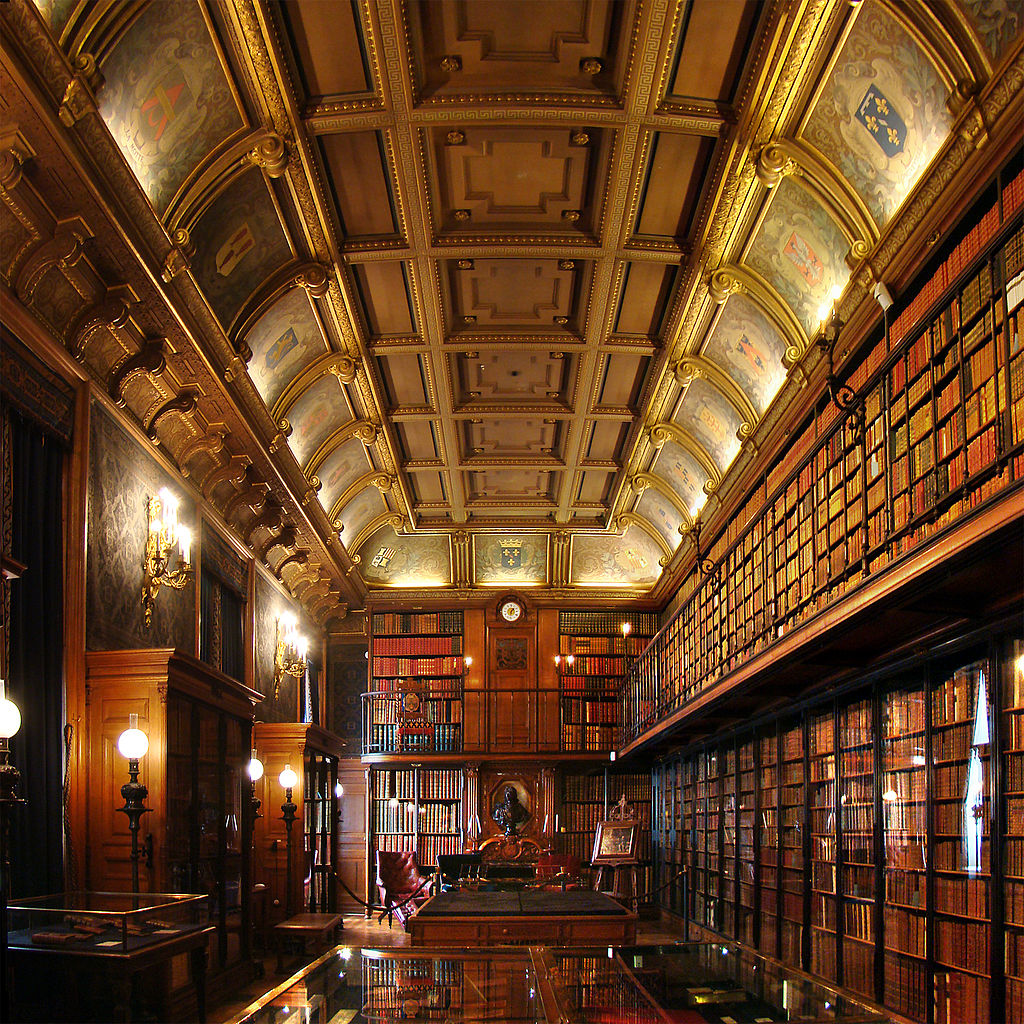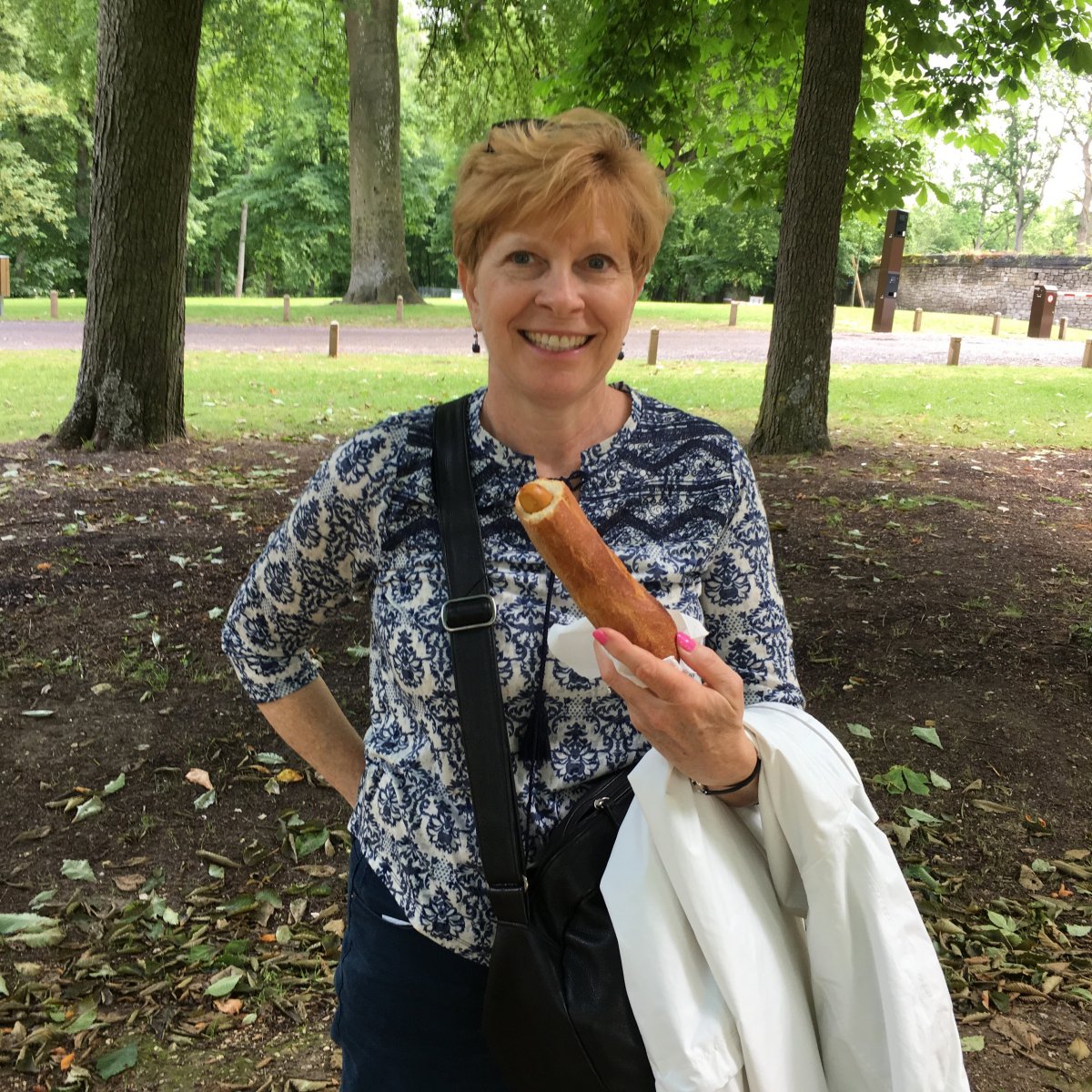France June 2015 - Chateaux de Chantilly
We left Giverny in the morning and drove for about two hours through the country to the Chateaux de Chantilly, which is generally considered one of the three most beautiful chateaux in France. I would not disagree with that. The other two are 16th century Chenonceau which we have already seen, and 17th century Vaux-le-Vicomte which we would see in a few days. Chantilly is about 30 miles north of Paris.
Approaching the Chateaux de Chantilly on foot.
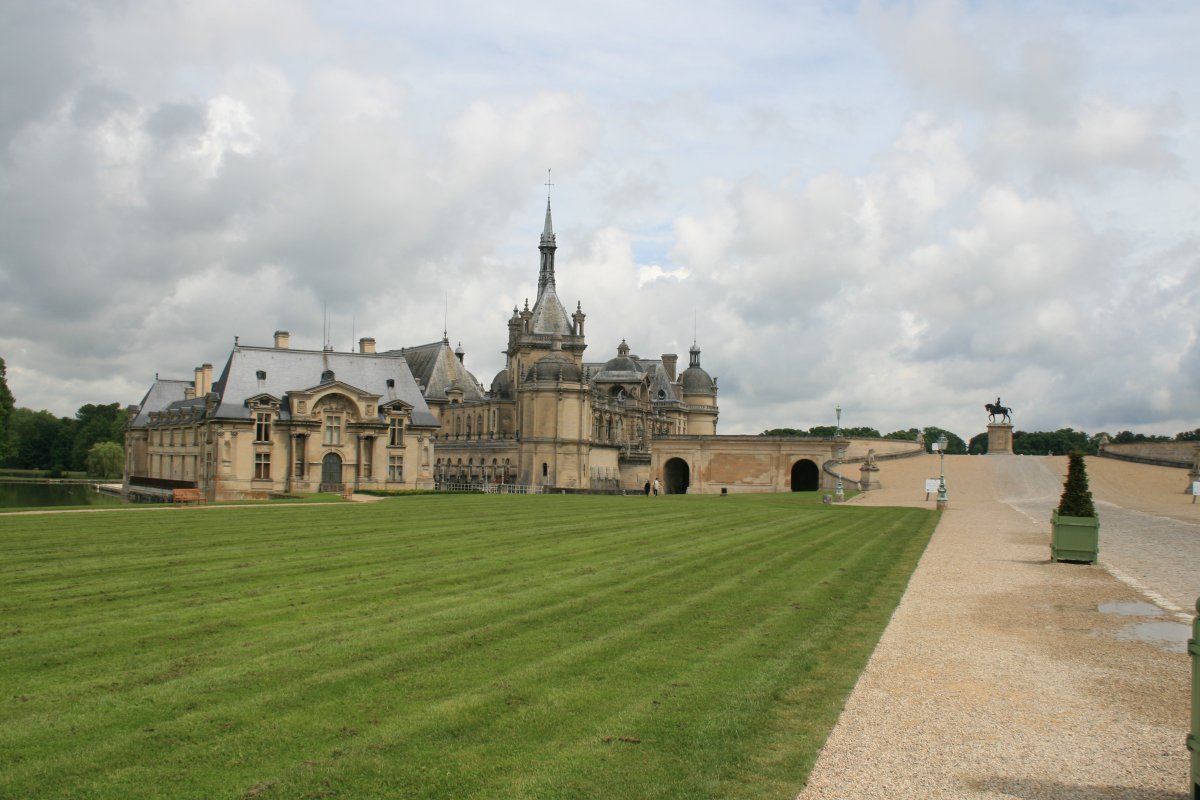
This is what the Chateau de Chantilly looks from the air. Photo by By Pierre-Alain Bandinelli from Wikipedia.
Despite its royal appearance, Chantilly never belonged to the kings of France, but rather to the illustrious noble families that were often related to the monarch.
The site comprises two attached buildings: the Petit Château built around 1560 for Anne de Montmorency, and the Grand Château, which was destroyed during the French Revolution and rebuilt in the 1870s.
Owned by the Institut de France, to which it was bequeathed in the will of Henri d'Orléans, Duke of Aumale, the château houses the Musée Condé (art gallery).
The first mansion (no longer in existence, now replaced by the Grand Château) was built, between 1528 and 1531, for Anne de Montmorency by Pierre Chambiges. The Petit Château was also built for him, around 1560, probably by Jean Bullant.
The original mansion was destroyed in the French Revolution. It was repaired in a modest way by Louis Henri II, Prince of Condé, but the entire property was confiscated from the Orléans family, between 1853 and 1872, during which interval it was owned by Coutts, an English bank. Chantilly was entirely rebuilt, between 1875 and 1882, by Henri d'Orléans, duc d'Aumale (1822–1897) to the designs of Honore Daumet. The new château met with mixed reviews. Boni de Castellane summed up one line of thought: "What is today styled a marvel is one of the saddest specimens of the architecture of our era — one enters at the second floor and descends to the salons". In the end, the Duc d'Aumale bequeathed the property to the Institut de France upon his death in 1897.

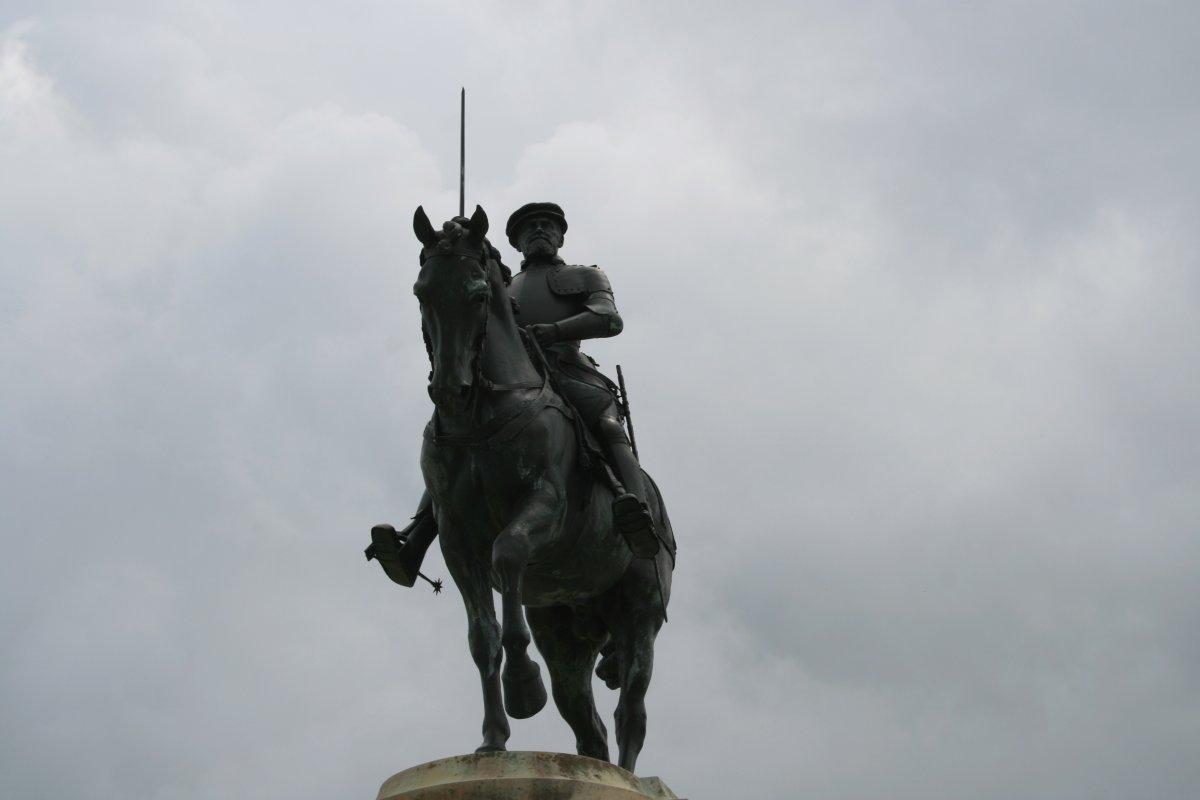
The Château and the Great Stables were featured in the 1985 James Bond film A View to a Kill. It was Roger Moore's last time as James Bond. Christopher Walken was the villain. It's not considered one of the best Bond films ...
The Petit Château is on the left and the Grand Château to the right.
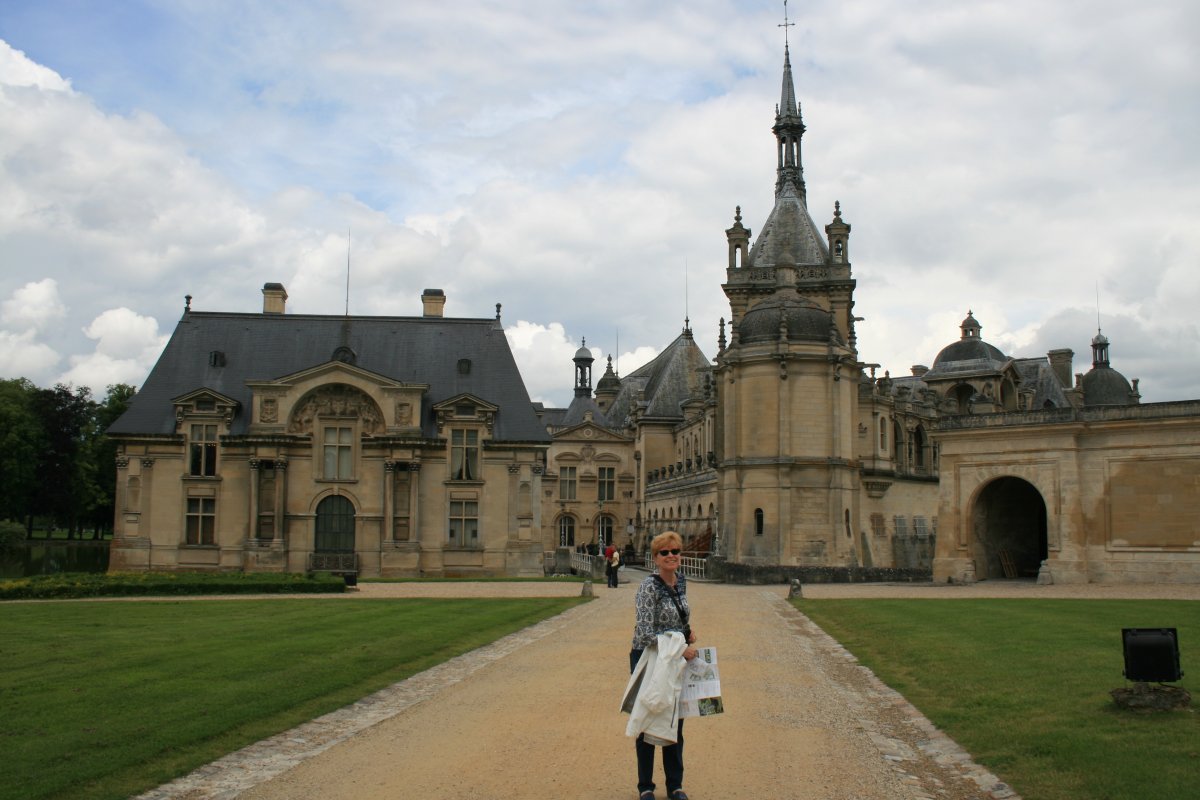
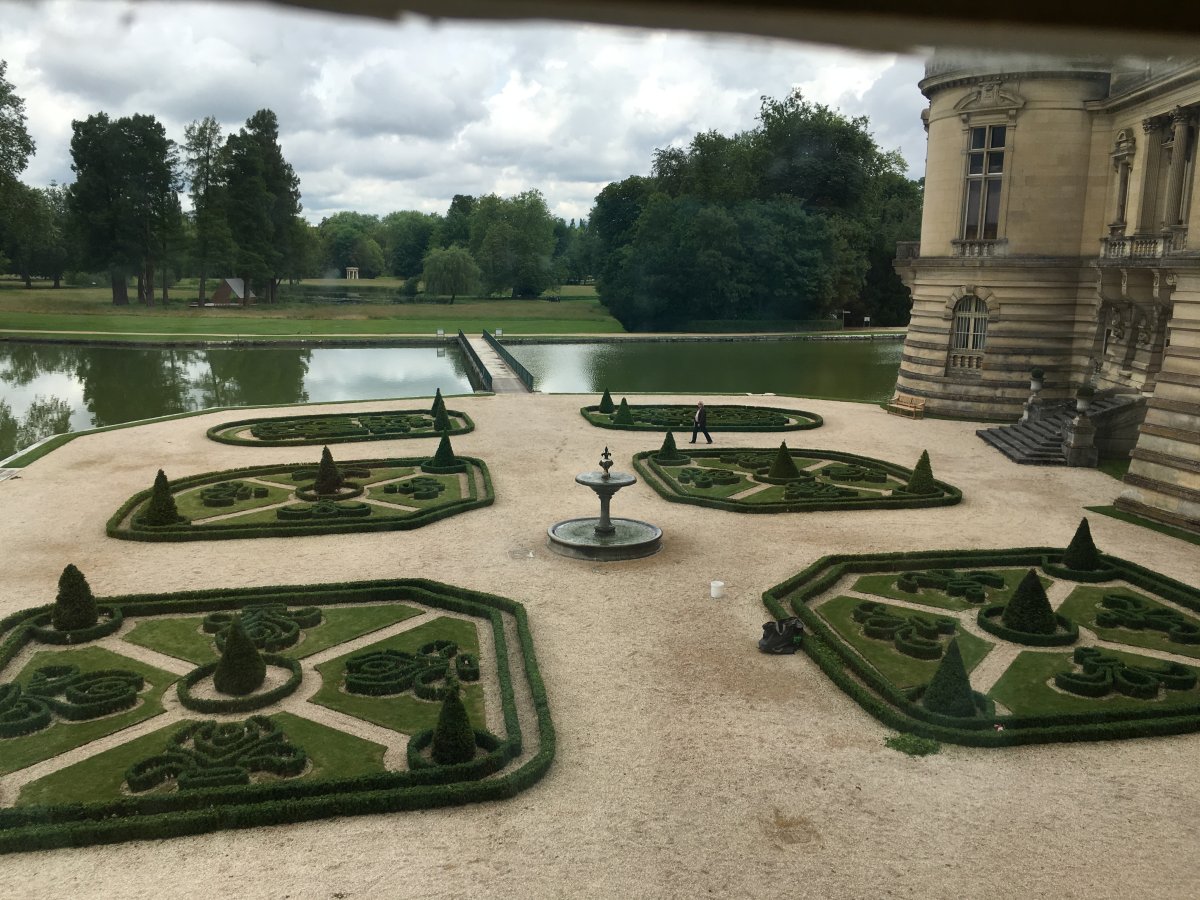
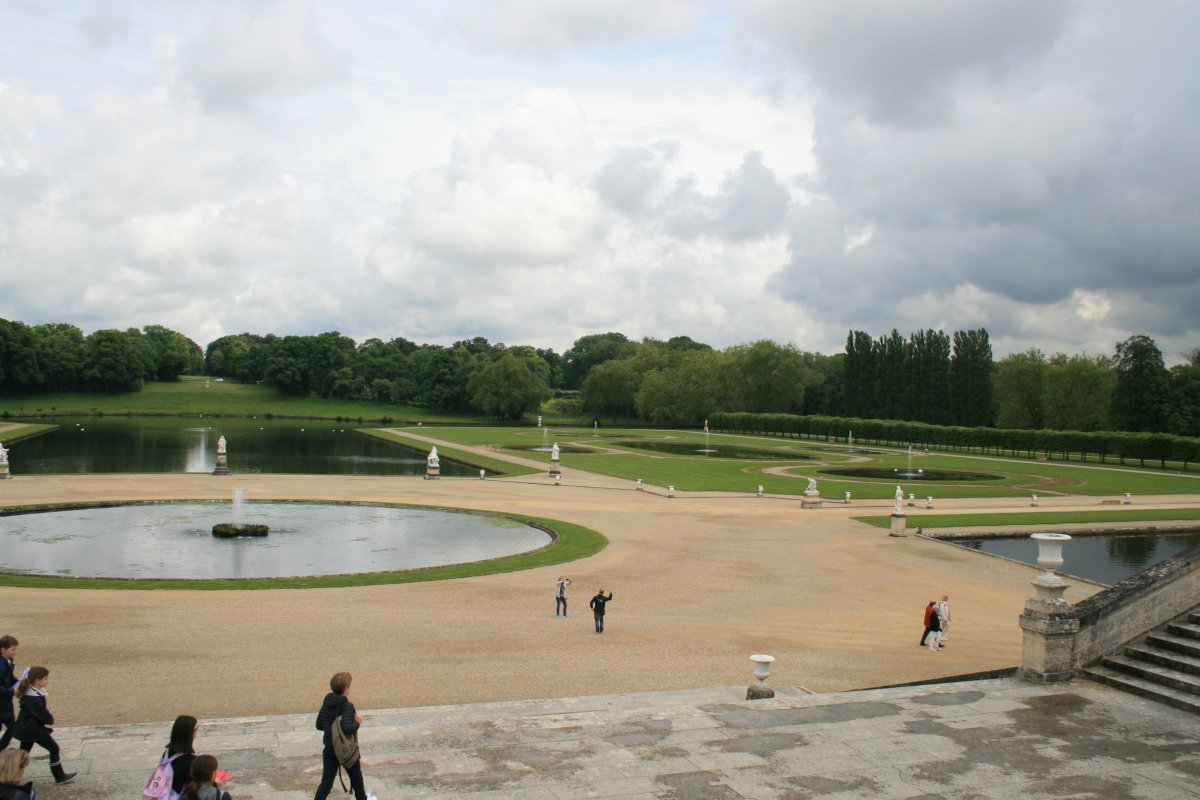
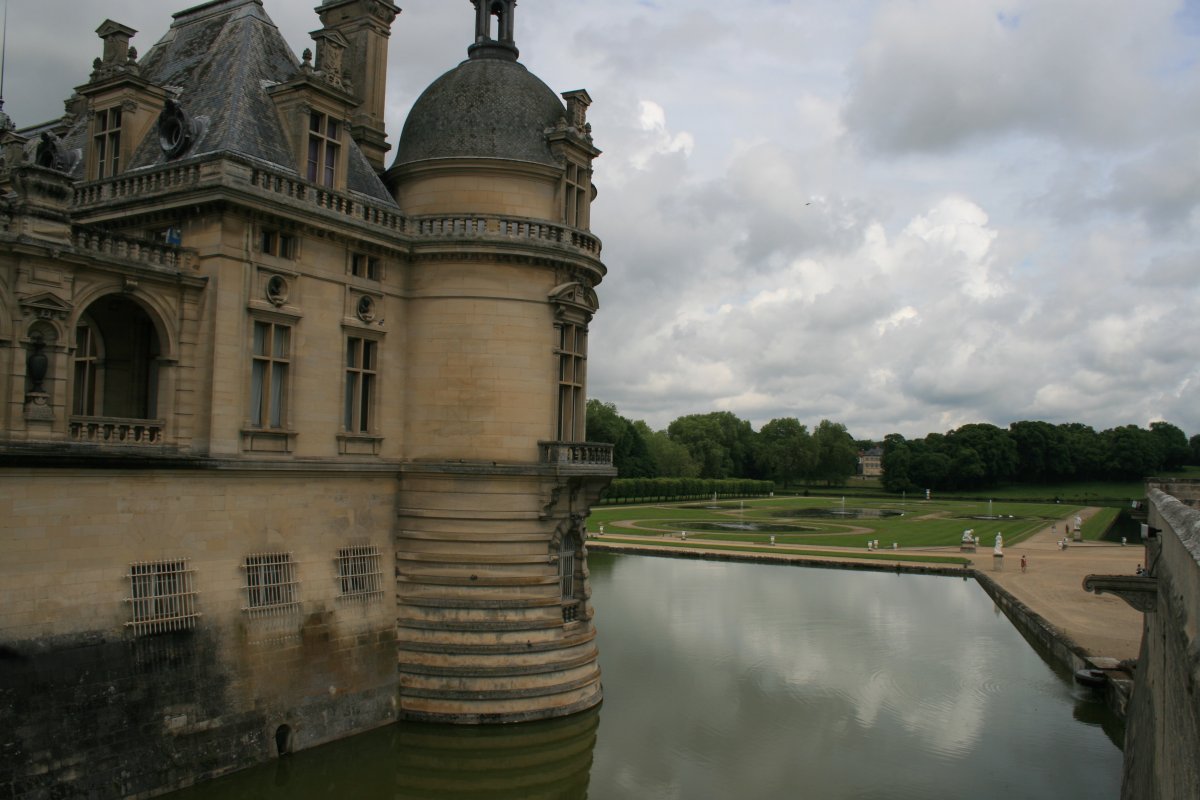
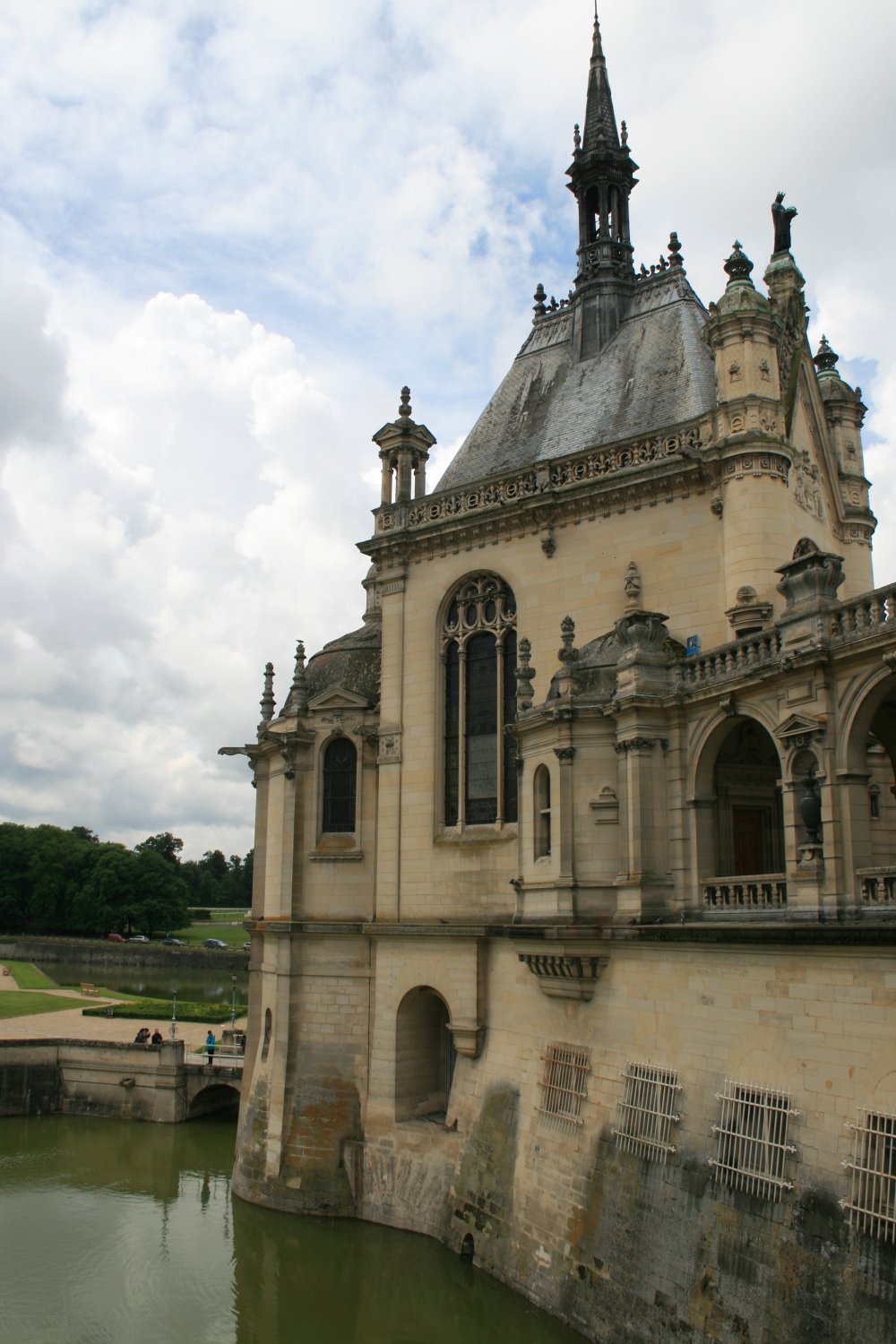
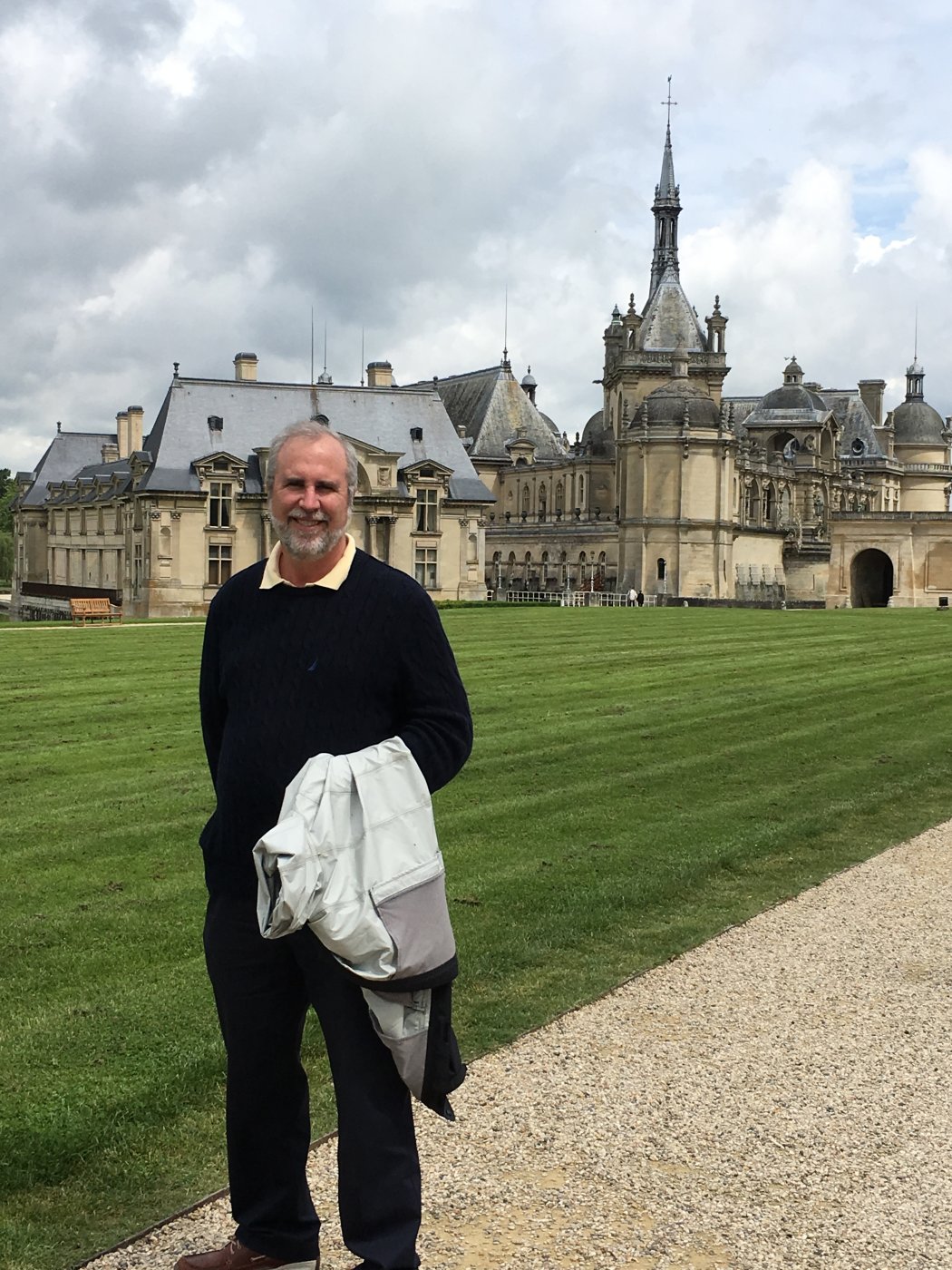
The main entrance to the Grand Chateau.
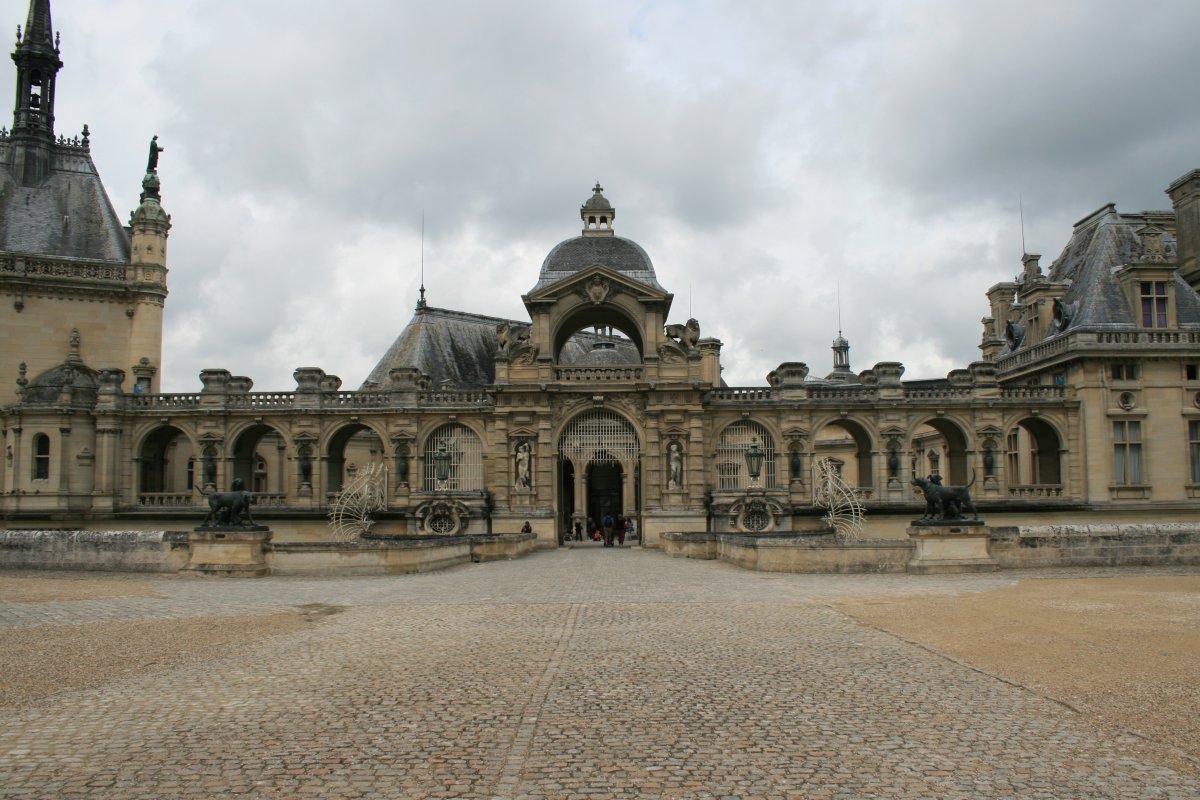
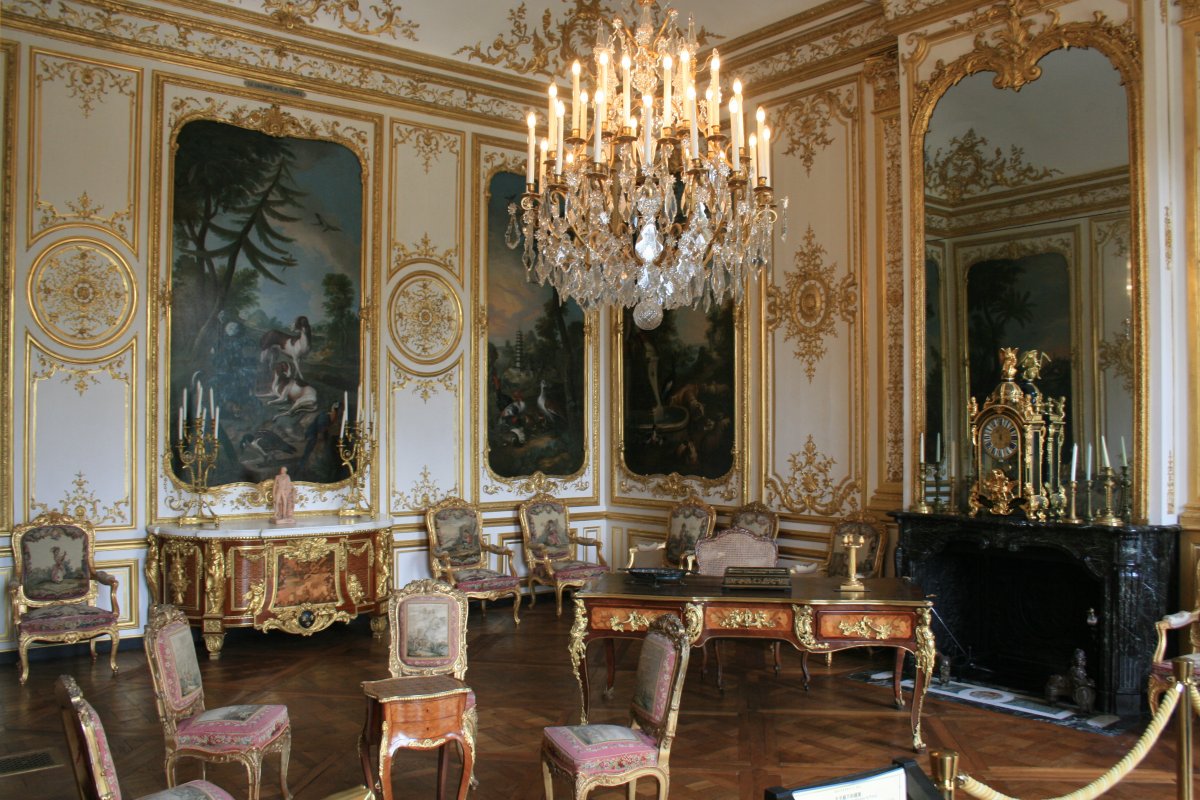

The château's art gallery, the Musée Condé, houses one of the finest collections of paintings in France. Only the Louvre is better. The Musee Conde specializes in French paintings and book illuminations of the 15th and 16th centuries.
This is the fabulous Battle Gallery, built by the Le Grand Condé (the King of France’s cousin, in the 17th century) to show off paintings of his military victories.
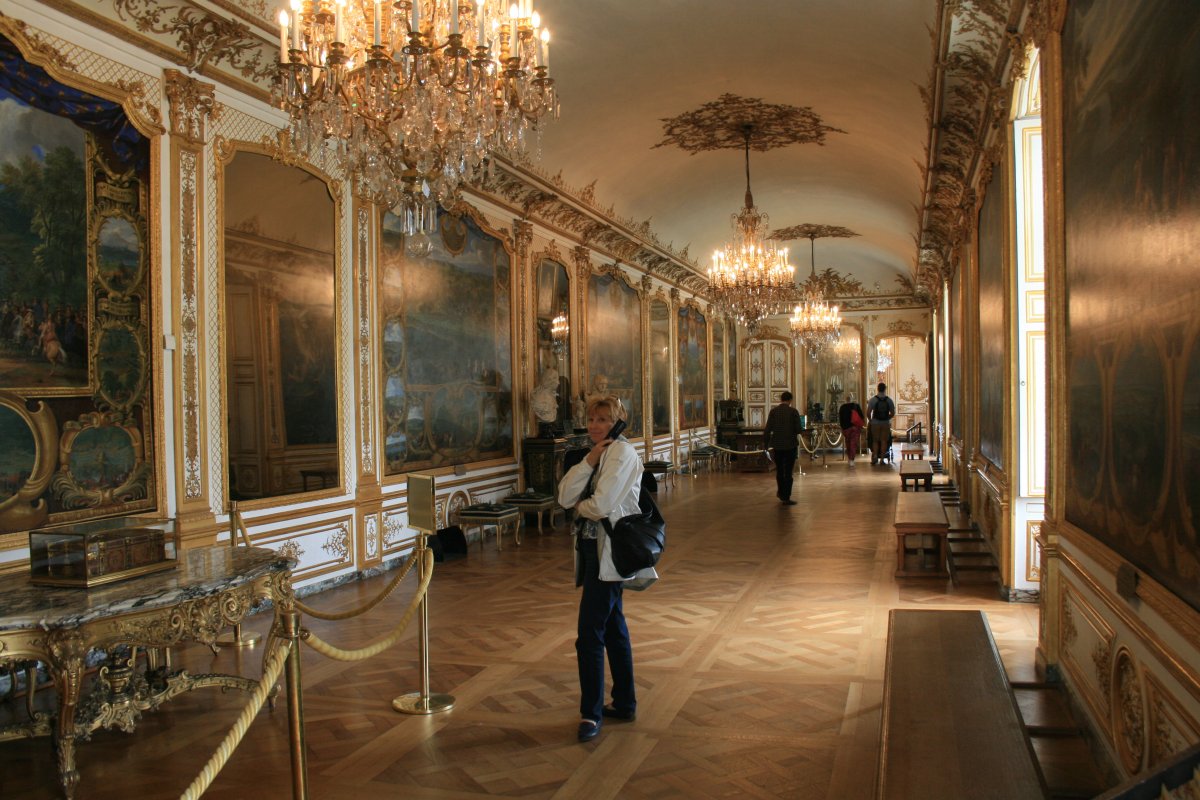

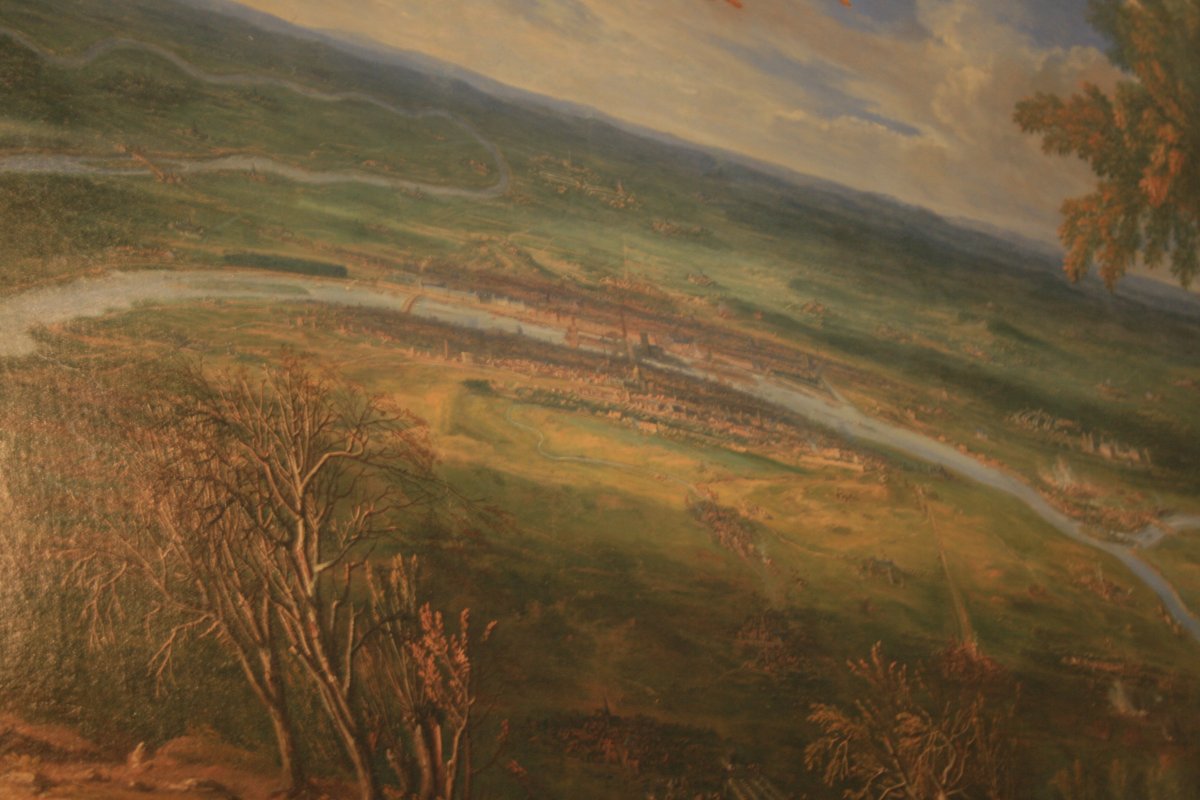
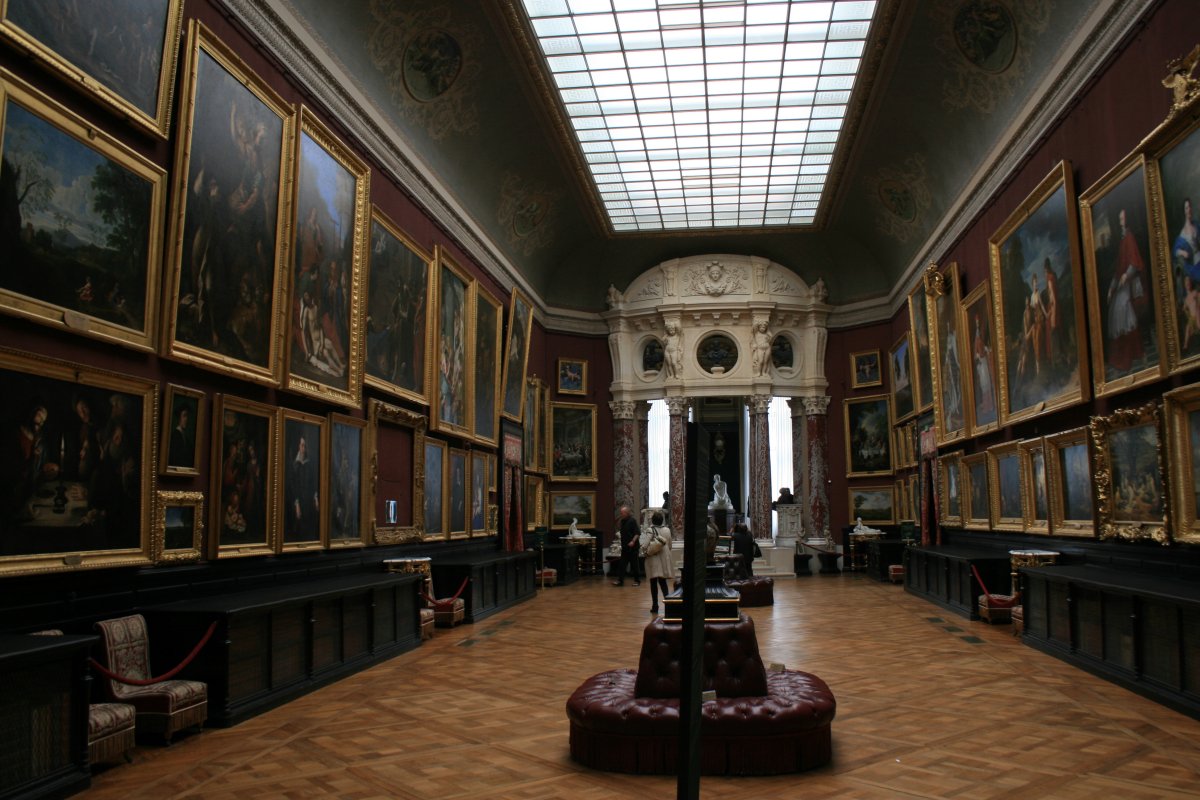
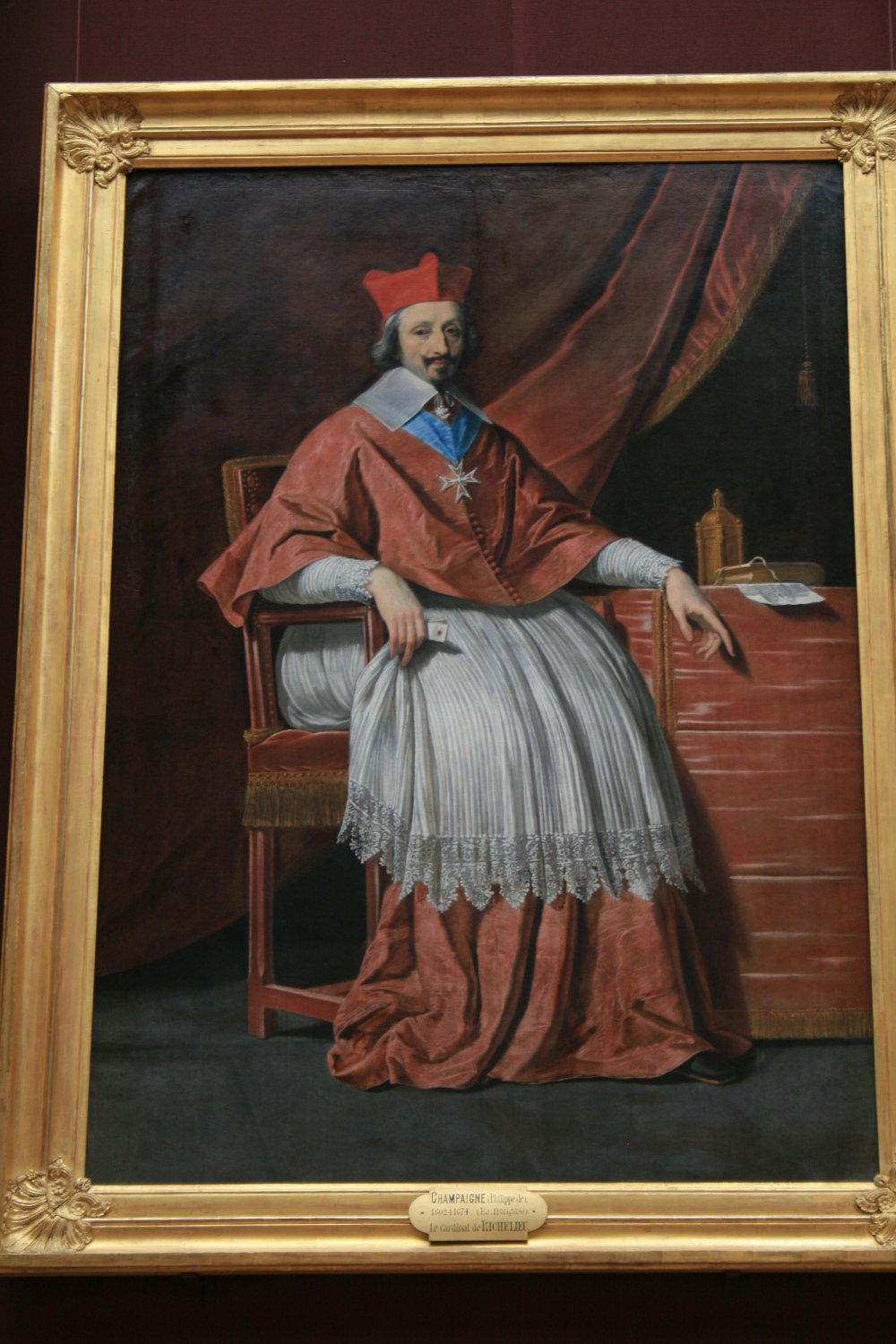

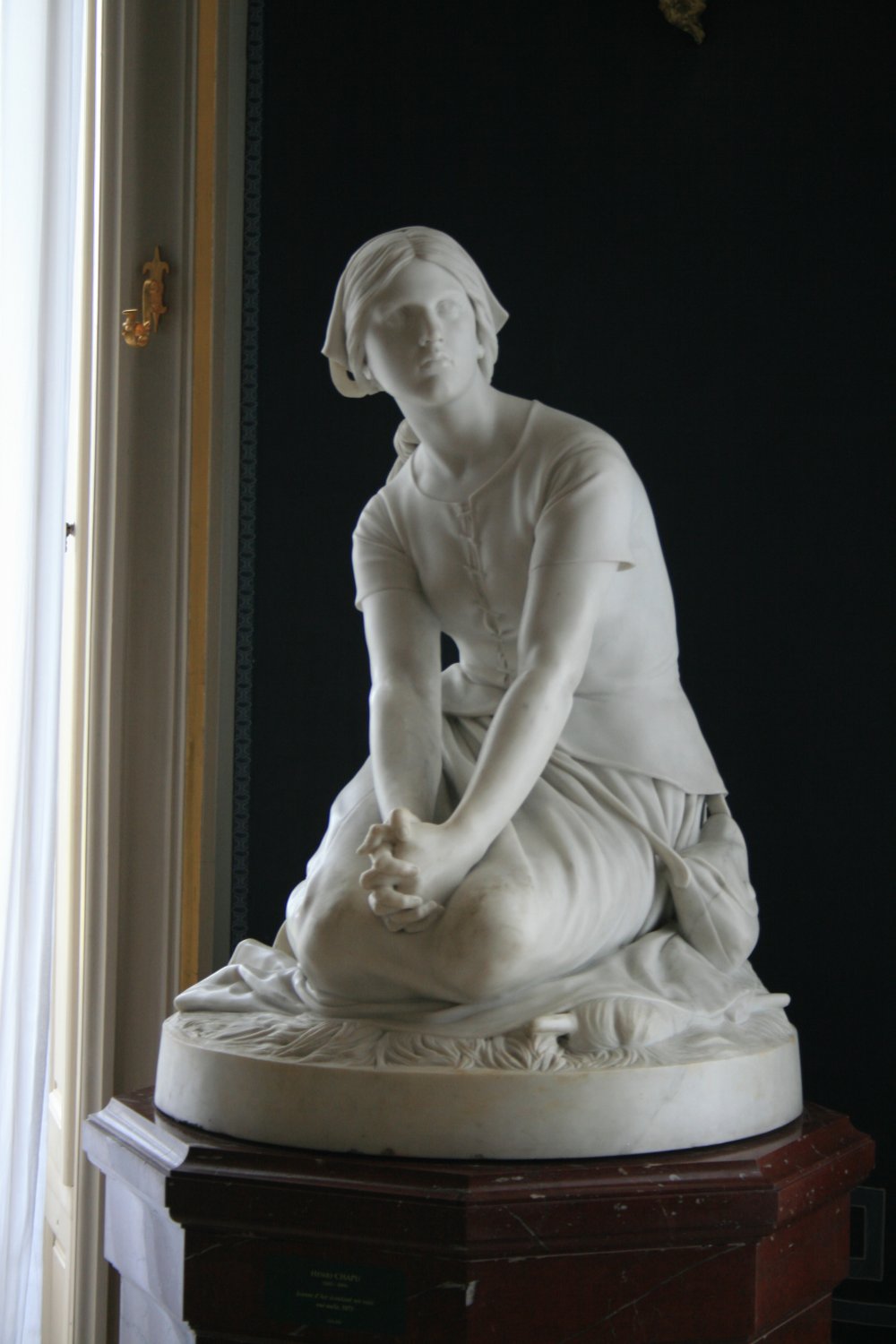
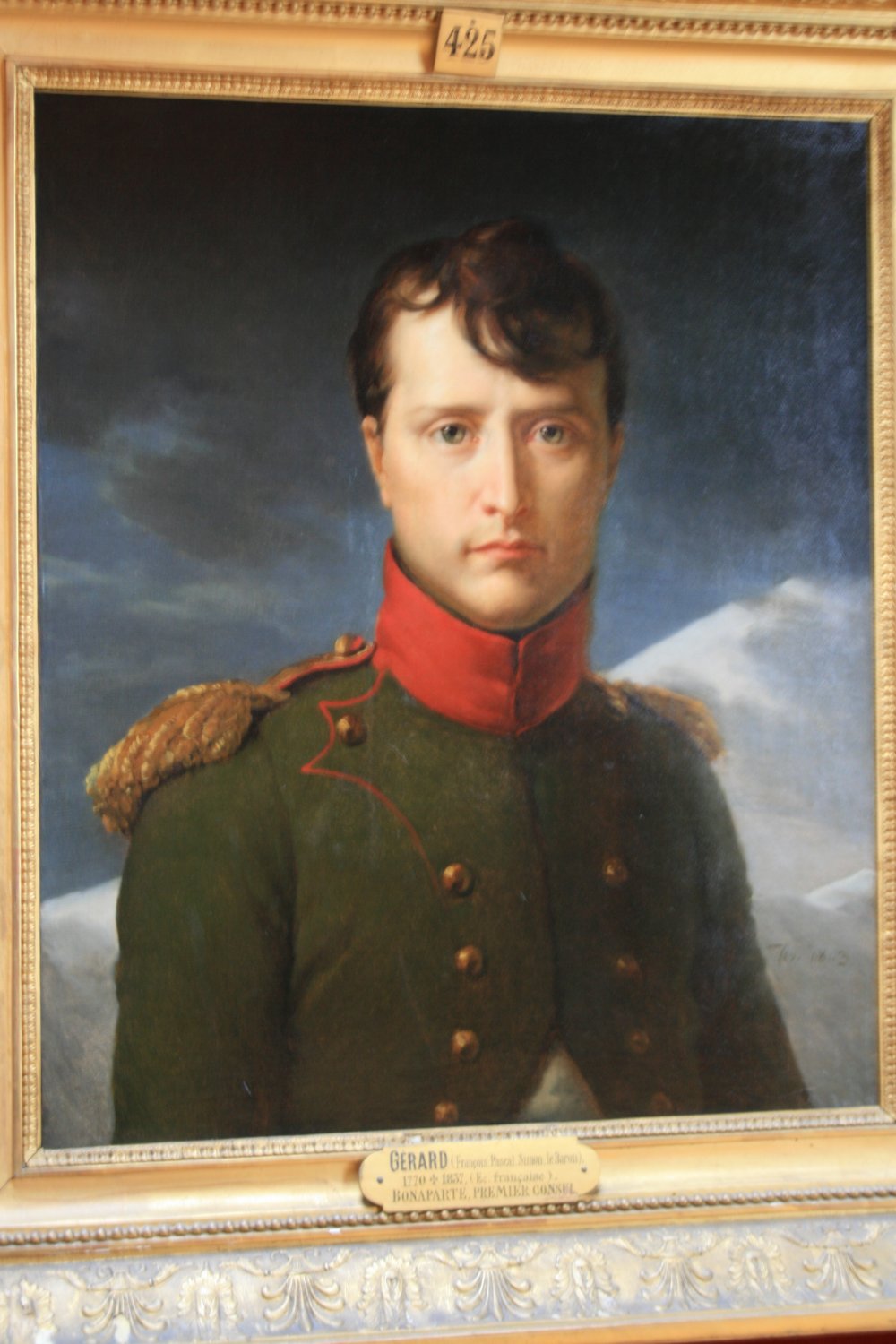
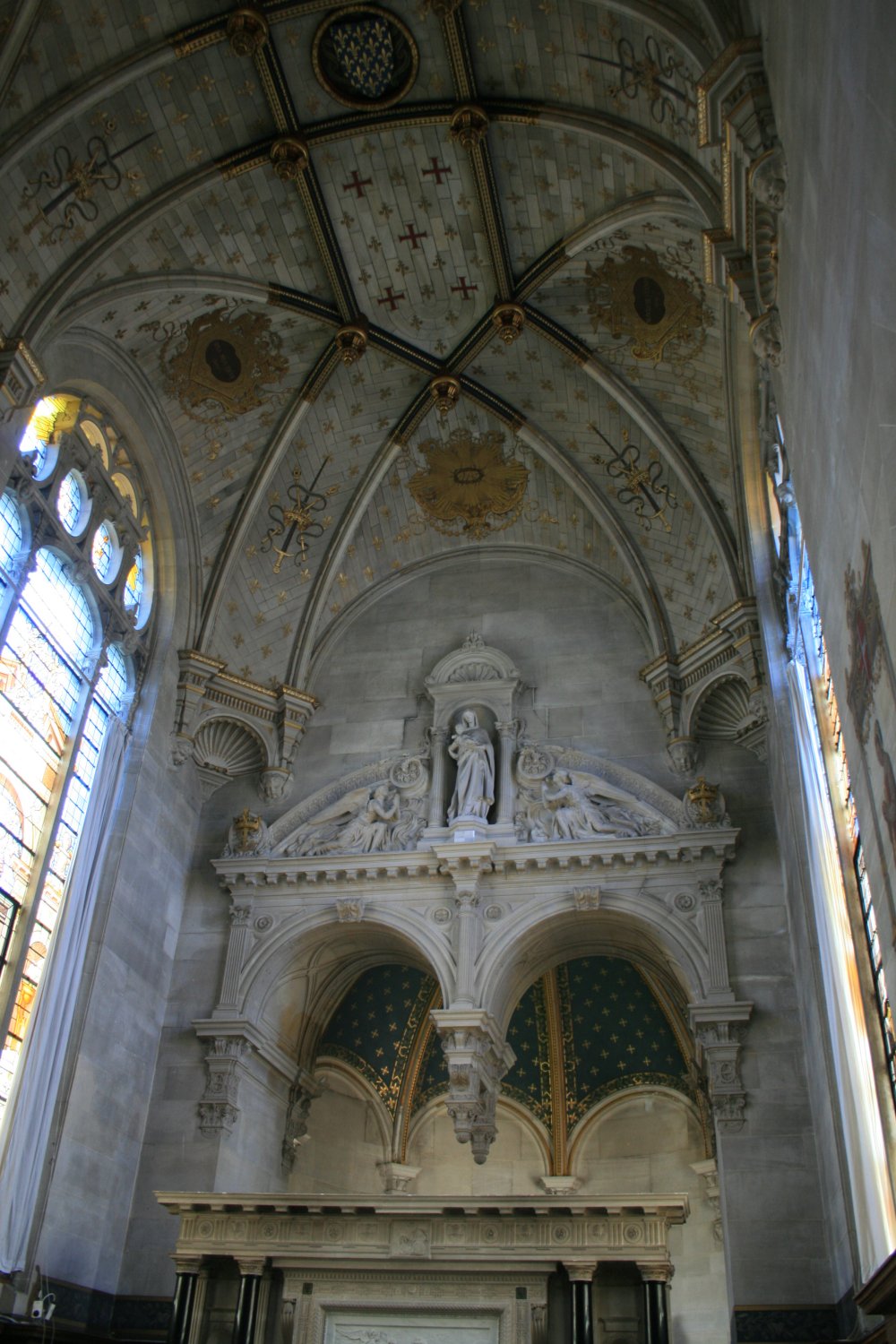
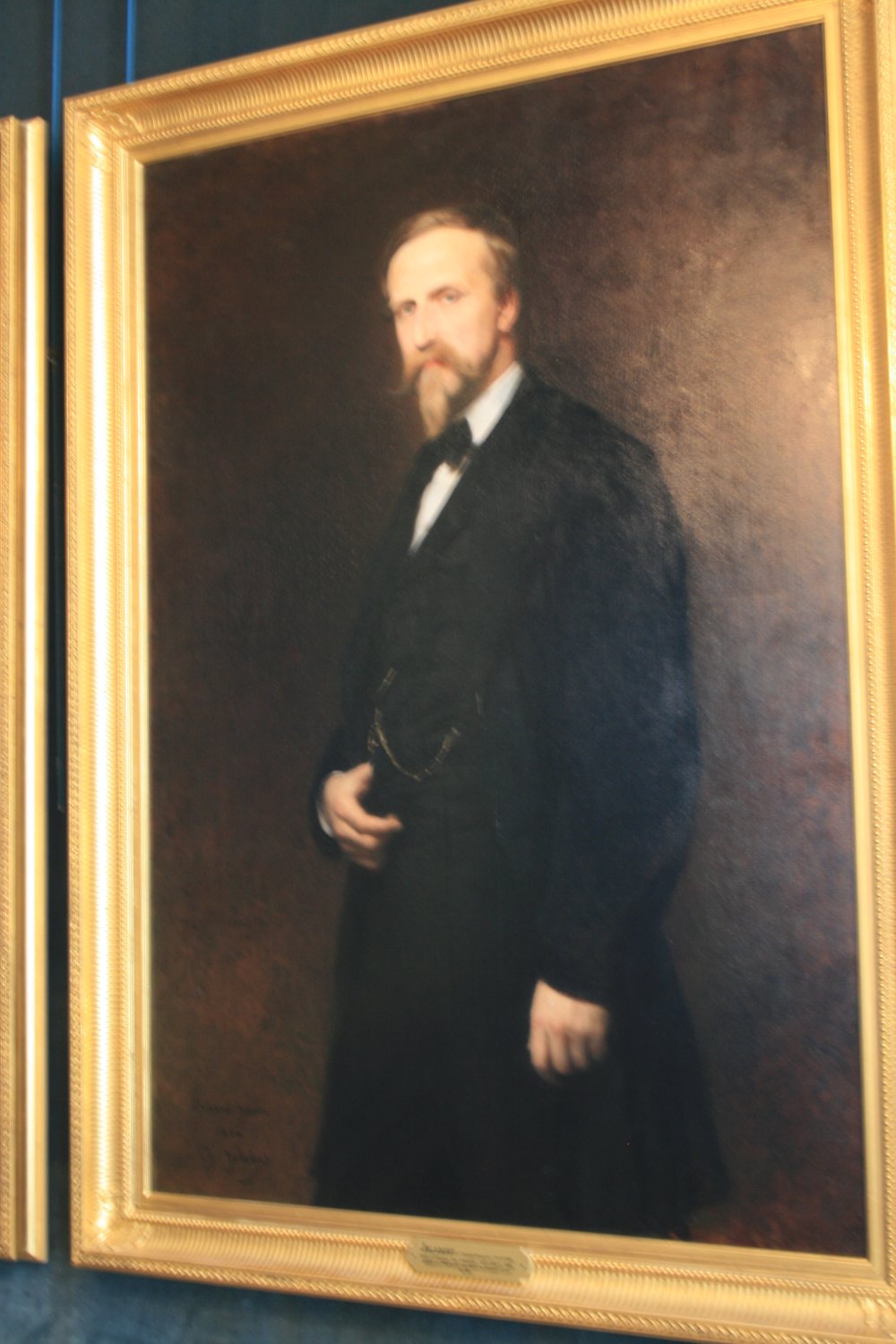
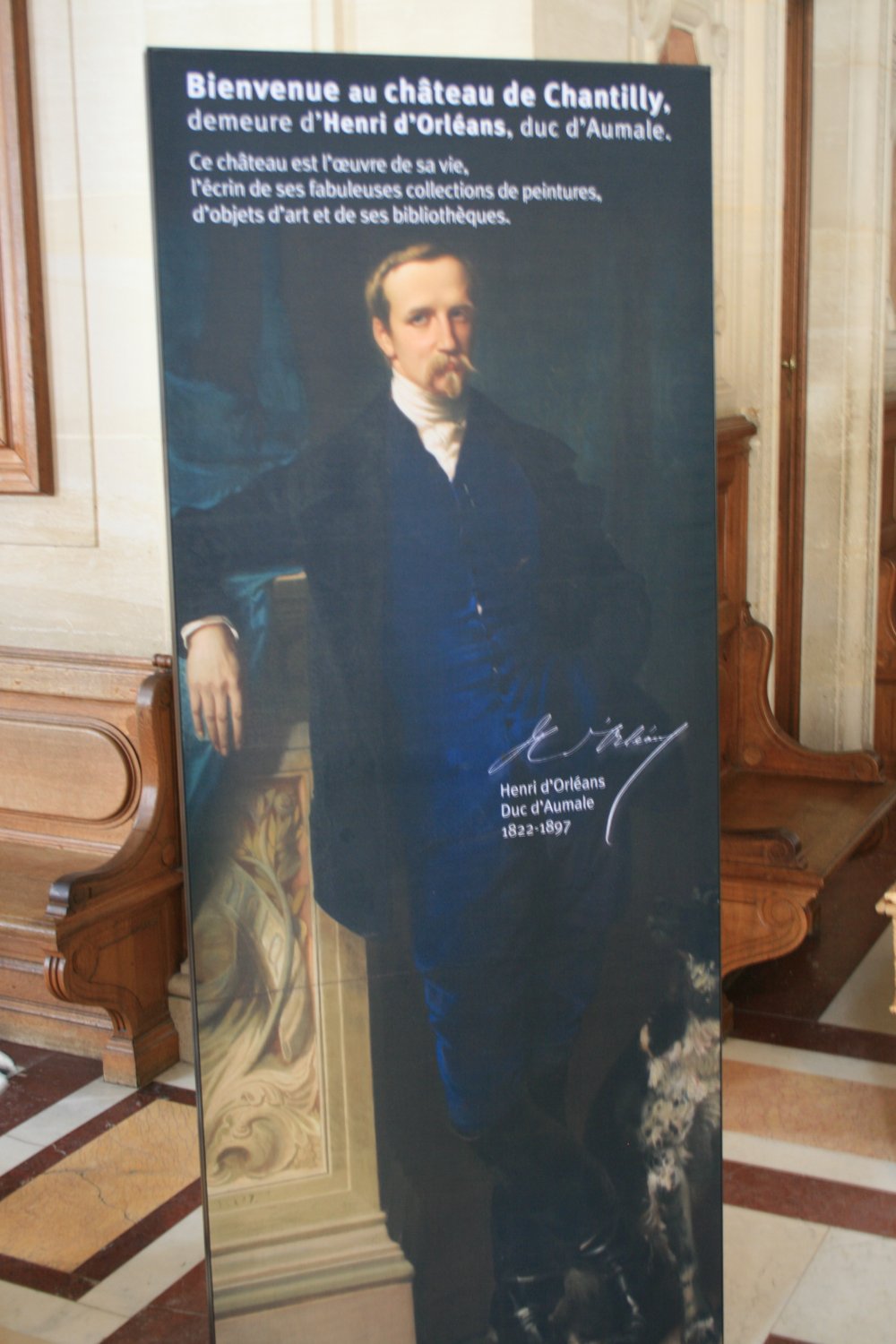
The library of the Petit Château contains over 1,500 manuscripts and 17,500 printed volumes. It includes over 700 incunabula, and some 300 medieval manuscripts, including one page of the Registrum Gregorii (c. 983), the Très Riches Heures du Duc de Berry, the Ingeborg Psalter and 40 miniatures from Jean Fouquet's Book of Hours of Etienne Chevalier.
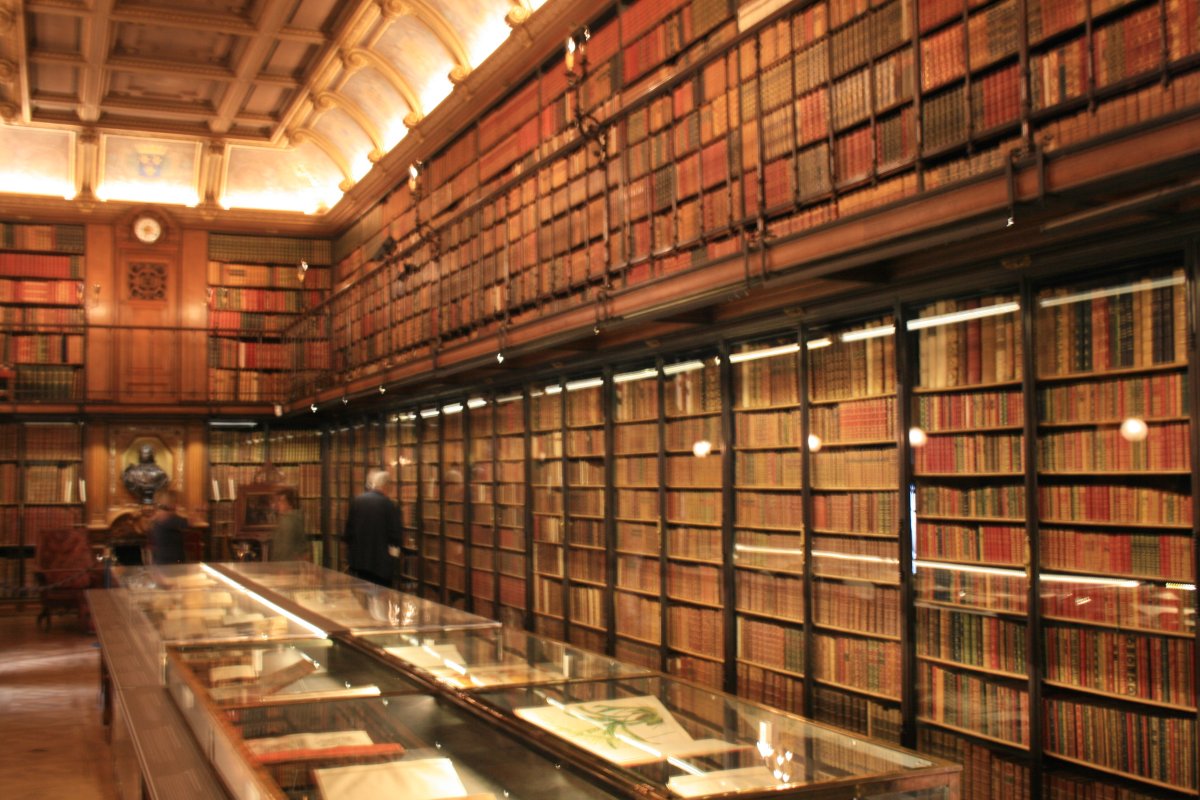
A better picture of the magnificent library. (Photo by Tango 7174 from Wikipedia).
